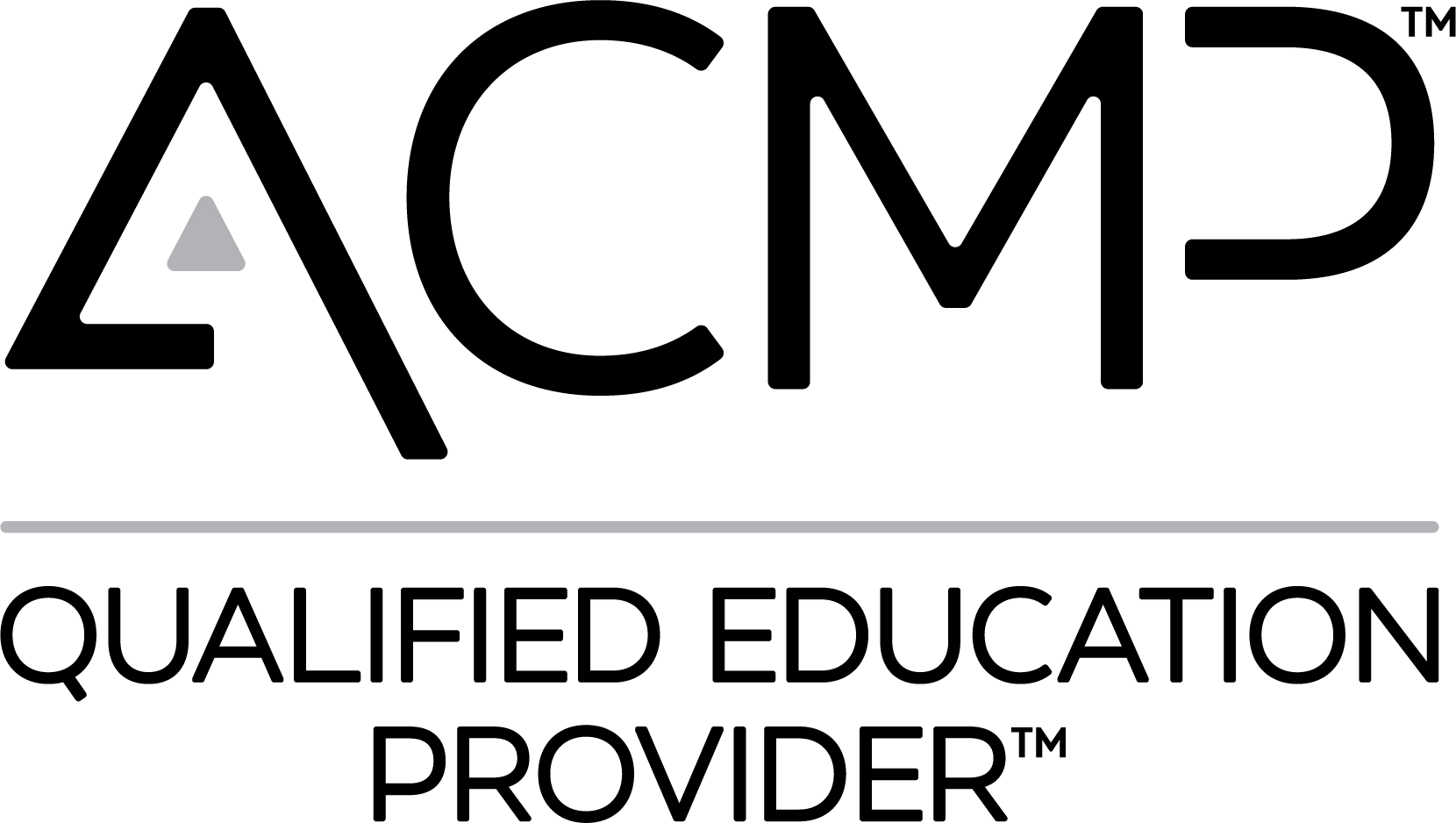The Moment: Big Leadership News, Bigger Stakes
It’s time to shuffle the leadership team! Bring in a new CEO, add senior executives, or roll out an organizational restructure. Done well, these moves fuel growth. Done poorly, they create anxiety, rumor mills, and performance drag.
At Change Enthusiasm Global (CEG), we help organizations communicate transformation without losing the plot, or the people. This guide distills the essentials:
- The four critical elements to prep before you say a word
- How to deliver the message so people hear it, trust it, and know what to do next
- What to do after the announcement to keep energy high and execution tight
- Copy-and-paste scripts and checklists you can use this week
You ready? Let’s get it.
First Things First: Why Communications Strategy Matters
Leadership transitions are inherently emotional. People wonder: What does this mean for me? For my team? For our strategy? If you leave those questions unanswered—even briefly—attention fractures and productivity dips. A sharp communications strategy channels emotional energy into clarity and action, protecting performance while you reconfigure the org.
The Pre-Work: 4 Must-Have Elements Before You Announce
You shouldn’t hit “send” or step on stage until these four elements are crisp. Build your message around them.
1) Start with the Why (Sense of Urgency + Business Rationale)
Borrow a page from Simon Sinek: lead with why. Make clear why the change is necessary now—for the business and for the people.
- Business lens: market dynamics, growth goals, competitive pressure, customer needs.
- People lens: simpler decision paths, faster support, clearer accountability, better career pathways.
One-liner example:
“We’re evolving our leadership structure so we can make faster decisions, serve customers better, and create clearer growth paths for our teams.”
2) Define the Gap (From → To)
Show the distance between where you are and where you need to be using your normal success metrics.
- Revenue / margin / market share (e.g., “We’re at 27% share; target is 35%—an 8-point gap.”)
- Customer satisfaction / NPS / time-to-value
- Innovation velocity / speed of decision making
Make the gap concrete and visible so the reorg reads as a purposeful lever, not a vanity move.
3) Clarify the What and Who (Scope + Impact)
Spell out exactly what is changing and who is impacted:
- Which organizations/functions are affected?
- Which leadership roles are new, merged, or reassigned?
- Who is directly impacted vs. indirectly impacted?
- What stays the same?
Tip: Visuals help. Include an “as-is” and “to-be” org snapshot with one-sentence charters for each major area.
4) Provide a Reason to Believe (Trust + Emotional Buy-In)
This is where you earn hearts, not just minds. Why should employees believe this change will close the gap?
- Track records: “Our new COO scaled ops from X to Y at Z.”
- Clear mechanisms: “These moves reduce handoffs from five to two and give each product a single accountable owner.”
- Human benefit: “You’ll have faster access to decisions and clearer success criteria.”
Why vs. Reason to Believe—what’s the difference?
- Why = the urgent business case for change.
- Reason to Believe = the human confidence that this approach will work.
Bring both.
Putting It Together: How to Deliver the Announcement
With the four elements locked, you’re ready to communicate. Here’s the delivery checklist.
A) Include All Four Elements—Every Time
Whether it’s a town hall, an all-hands deck, or an email, make sure Why → Gap → What/Who → Reason to Believe are present and obvious. Use consistent language across every channel.
B) Show a Unified Front
Employees read tone as much as text. Align your top leaders before day one so you present a unified point of view.
- Pre-brief the leadership group; align on phrasing and Q&A.
- Share talking points and an FAQ so everyone is “singing from the same sheet of music.”
- Confirm each leader’s role in reinforcing the message with their teams.
C) Build Emotional Buy-In on Stage
Invite a few respected leaders to share why they’re excited about the future state in their own words. Authentic, concise endorsements distribute confidence through the system.
Prompt: “In two sentences, what excites you about the new structure, and how will it help your team win?”
D) Make Expectations Crystal Clear
No one should leave wondering, What do I do now?
- Who must do what before when (if anything)
- What changes immediately vs. what shifts over the next 30–60–90 days
- Where to go with questions or risks
E) Set the Drumbeat (What’s Next & When)
Outline the near-term timeline:
- Key milestones (leader start dates, team realignments, policy or process changes)
- Cadence of updates (e.g., weekly notes for 4 weeks, then biweekly)
- When open roles will be posted or filled
F) Open Feedback Channels
Create clear avenues to hear how the change is landing and where support is needed:
- Manager toolkits and team discussion guides
- Anonymous feedback forms/listening posts
- Small-group roundtables with executives
- Dedicated Slack/Teams channels monitored by change champions
Copy-and-Paste Scripts for Your Announcement
All-Hands Opening (CEO/Chair):
“Today we’re sharing leadership changes that position us to make faster decisions, simplify how work gets done, and accelerate our growth. We’re doing this now because [Why]. We’re here today, and we need to get to [Gap]. To close that gap, we’re making the following changes [What/Who]. You should believe this will work because [Reason to Believe]. Here’s what happens next and what we need from you.”
Manager Team Huddle (First 10 Minutes):
“You’ll hear the full announcement today. What matters for us: our team’s mission stays the same / shifts to X. Your reporting line [does/doesn’t] change. This week, our focus is [specific expectations]. Drop questions in this doc or DM me; I’ll collect and route them daily.”
Unified Front Endorsement (Senior Leader):
“I’m excited because this structure gives each product a single accountable owner and reduces decision time by half. It’s the right move to serve customers better and create clearer growth paths on our team.”
Post-Announcement “What’s Next” Email (Comms):
“Thanks for your engagement at today’s all-hands. By Friday: org charts and charters posted. Next Wednesday: open Q&A with the exec team. Every other Monday for the next six weeks: quick updates on progress, open roles, and support resources.”
Manager Toolkit: 7 Questions to Guide Your Team Conversation
- What did you hear in the announcement—what’s clear, what’s fuzzy?
- How do you think this helps our customers and your day-to-day work?
- What are your top two questions or concerns?
- What do you need from me this week to stay focused?
- What risks do you see in our area—and how might we mitigate them?
- What opportunities does this create for your growth?
- What’s one thing we’ll do differently starting today?
Encourage managers to capture themes and route them to the change team within 24–48 hours.
Common Pitfalls (and Better Alternatives)
Pitfall: Announcing titles without context.
Better: Lead with Why → Gap → What/Who → Reason to Believe, then titles.
Pitfall: Over-indexing on the org chart.
Better: Show how work will flow differently (decision rights, handoffs, charters).
Pitfall: One-and-done email.
Better: Establish a drumbeat—short, predictable updates for 4–8 weeks.
Pitfall: Ignoring emotions.
Better: Name them and channel them. “Change can feel unsettling; here’s where to ask questions and get support.”
Pitfall: Vague expectations.
Better: End with a clear “Who/What/By When” for every impacted group.
After the Announcement: Keep Momentum High
1) Reconfirm Roles, Charters, Decision Rights
Publish a simple doc (one page per org):
- Mission & metrics
- Scope (what’s in/out)
- Decision rights & escalation paths
- Immediate priorities (30/60/90)
2) Track and Share Early Wins
Within two weeks, highlight tangible improvements:
- Faster cycle time, fewer handoffs, clearer ownership
- Customer feedback, on-time milestones, reduced rework
Visible wins reinforce the Reason to Believe and sustain energy.
3) Support the Humans
Offer office hours, coaching for newly placed leaders, and peer circles for teams going through heavier change. Remind everyone that emotions are data—and part of the work of change.
The Change Enthusiasm® Lens for Leadership Transitions
CEG’s Change Enthusiasm® framework helps you harness emotional energy instead of fighting it.
- Signal Spotting: Notice the emotions surfacing—uncertainty, excitement, frustration—without judgment.
- Opportunity Framing: Ask, “What might this change be offering?” (Simpler interfaces, clearer careers, customer closeness.)
- Choice Making: Choose one step that moves the org forward today—clarify expectations, close a feedback loop, share an early win.
Make these three moves a leadership habit and you’ll turn disruption into durable progress.
One-Page Announcement Outline (Steal This)
Slide 1: Title + Purpose
Slide 2: Why Now (business + people)
Slide 3: The Gap (metrics, from → to)
Slide 4–5: What & Who (org snapshots, charters)
Slide 6: Reason to Believe (track record, mechanisms, human benefit)
Slide 7: What Changes When (immediate vs. phased)
Slide 8: Expectations by Audience (who/what/when)
Slide 9: What’s Next (timeline + drumbeat)
Slide 10: Questions & Feedback Channels
Free Resource: Communication Templates for Leading Through Change
If you’re architecting a leadership transition, we’ve got your back. We’re gifting a free chapter from Cassandra Worthy’s bestselling book Change Enthusiasm: How to Harness the Power of Emotion for Leadership and Success—specifically the chapter on communication with exercises and worksheets to map your own comms strategy.
Bringing It All Together
Leadership changes can unlock the next chapter of growth—if you announce them with clarity, empathy, and a plan. Do the pre-work (Why, Gap, What/Who, Reason to Believe), deliver with a unified front and emotional buy-in, set expectations and a clear drumbeat, and keep channels open. That’s how you reduce disruption and keep your organization engaged, motivated, and moving.
MORE
INSIGHTS
How to Navigate Constantly Changing Priorities at Work
Set Intentions, Not Destinations By Change Enthusiasm Global In today’s workplace, one thing is certain: priorities will shift-often without warning. Whether you work in healthcare, tech, retail, finance, or manufacturing, the expectation to rapidly pivot has become part of the modern professional experience. But here’s the truth that most organizations overlook: Frequent priority changes aren’t … Read more
How Leaders Influence Change: From Executive Sponsor to Executive Example
Leadership doesn’t just direct change—it signals it. Learn how to move beyond executive sponsorship into executive example, and use three influence tools (verbal, non-verbal, and actions) to enroll your entire organization in transformation.
How to Make Learning Stick: A Strategic Approach to Lasting Change
Organizations today invest a significant amount in leadership development, but is it worth it? Learn how to make the most of your keynote investment and make change stick.










